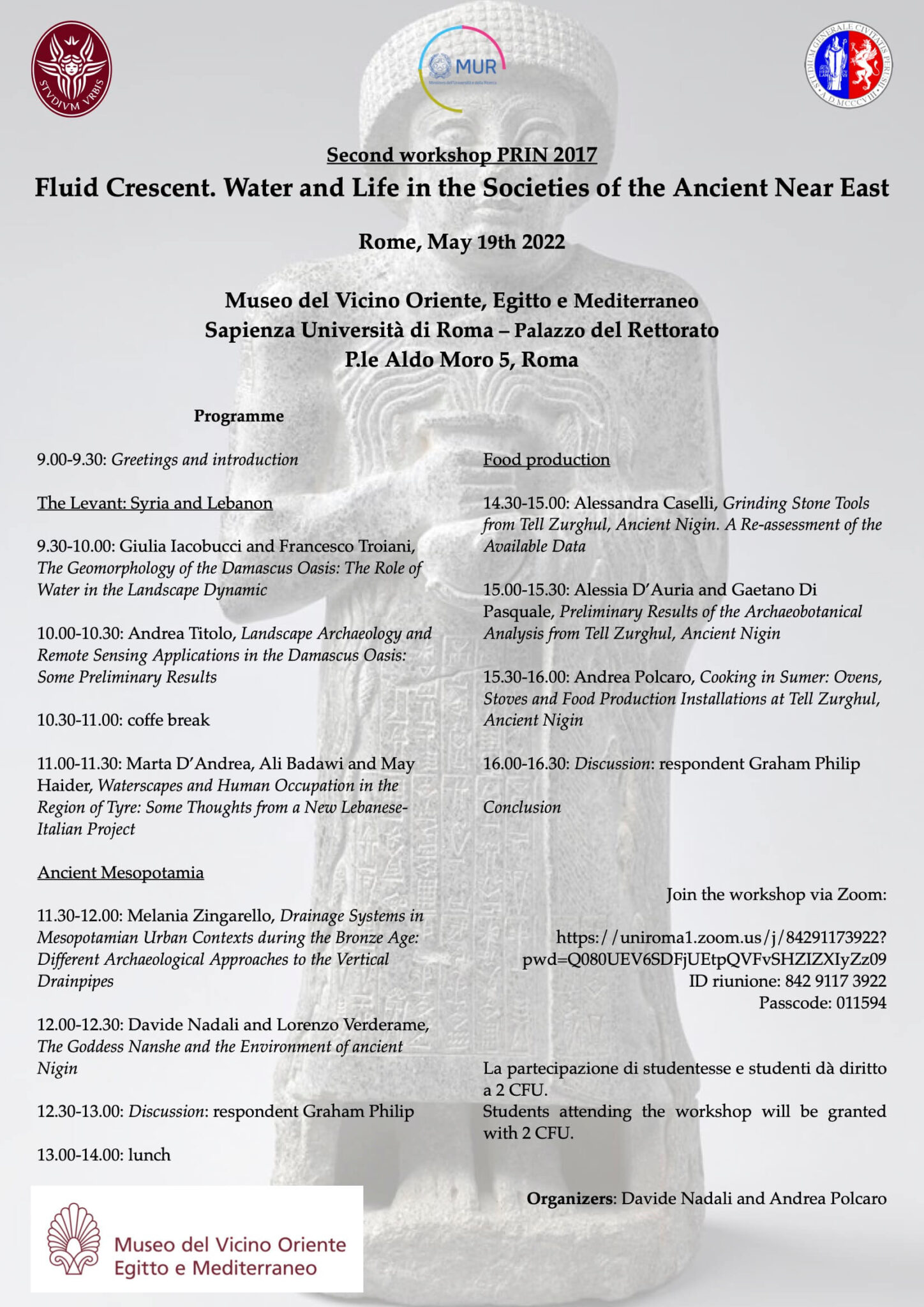Abstract:
The Italian Archaeological Expedition to Nigin of Sapienza University of Rome andUniversity of Perugia started excavations at Tell Zurghul in 2015: a survey and threeexcavations seasons were carried out in the period between 2016 and 2017. This volume presents the results of the archaeological explorations with the analysis of the stratigraphicand architectural contexts of Area A, B and D as well as the study of the pottery from thecontexts so far investigated and the survey in Area C in the western sector of the site.



